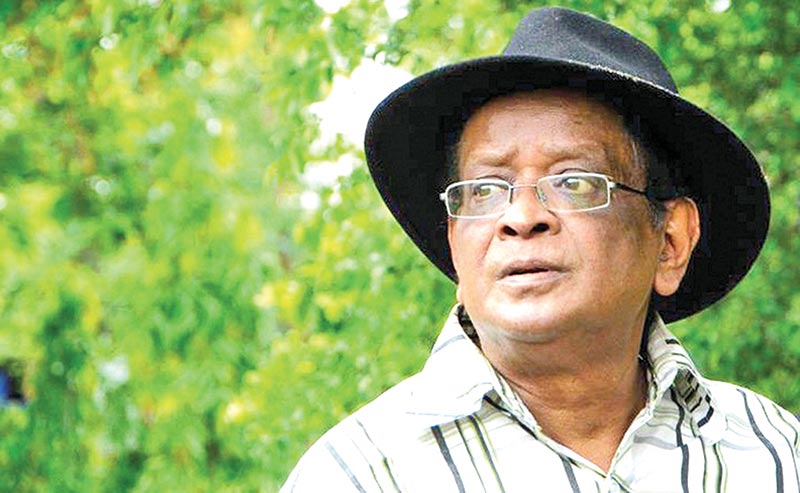The context of Humayun Ahmed’s short stories. As far as I can remember, the first book I read by Humayun Ahmed when I was very young was called ‘Neel Hati’. That time I was probably in fourth grade student. Then when I start reading his book again, I read Ninth grade, and at that time I probably read a book called ‘Tomader Jonno Bhalobasha’, also called Science Fiction, I don’t remember it that way anymore, because that was thirty-five years ago. .
Then I read two of his most famous books at that time, one ‘Nandito Naroke’, the other ‘Shankho Neel Karagar’. What used to happen was that Humayun Ahmed’s writings were written almost everywhere in the Eid issues of the newspapers of that time. They were also read.
The thing that happened at that time was that I started writing prose little by little even though I didn’t want to print it. There was a time when I would get up in class XI, so the two books that was written by Humayun Ahmed had such an effect on us that I secretly tried to write a novel based on the story of Humayun Ahmed’s ‘Nandito Naroke’. Even the names of the characters in my attempt to write that novel were close to the names of Humayun Ahmed’s characters, and I named that novel-effort ‘Nindito Naroke’, and I wrote in good men like Humayun Ahmed.
It is through this incident that one can better understand how I was influenced by Humayun Ahmed in my early life.
Then I noticed that there was a regular drama on television on Fridays, called ‘Ei Shob Din Ratri’. We watched it with great enthusiasm, and I think the popularity of Humayun Ahmed as a fiction writer, novelist, storyteller or writer started with the huge popularity of this play. This was not the case before.
Whatever I have to read, whatever I have at hand, I read, many times I don’t want to judge. It is true that I read Humayun Ahmed’s books as much as I enjoyed watching television dramas. I once calculated that I read the lion’s share of his books. I can say by name, I have read even the last writings which are big in size, I am talking about the books after ‘Jochana and Jananir golpo’, ‘Jochana and Janani’s story’ is first published continuously in the literary pages of Bhorer Kagoj, later It closed after a few installments were printed and came out in book form much later. So ‘The Story of Jochna and Janani’, ‘Deyal’, ‘Matal Hawa’, ‘Badshah Namdar’, I mean the books that are a little healthy, I have also noticed that I have read them.
But after further reading, what I think is that storytelling is very enjoyable, but storytelling and novel are not the same thing in one breath. And that is my perception. But I’m not talking about small or large size. Shape is not an issue here, but the art we understand to mean a novel is not just an extraordinary story that we enjoy reading, the novel is much more than a story. And from this point of view, I don’t think there is anything special in Humayun Ahmed’s novel beyond the story or that he has been able to do it.
Even if I talk about ‘Nandito Naroke’ or ‘Shankho Neel Karagar’, I would say, those are wonderful writings. If we call it a novella, it’s not exactly a novel — and that’s why they’re great, but I can’t find what I mean by a novel. But that doesn’t matter to a writer. And at the same time it needs to be said that the writings that Humayun Ahmed wrote as a novel are the writings of Humayun Ahmed but have not been written before in Bengali literature, and these writings have also influenced the mind of the reader.
That is why I would say that Humayun Ahmed is very successful as a short story writer.
Original: Prashant Mridha
Audio writing: Ashikur Rahman



